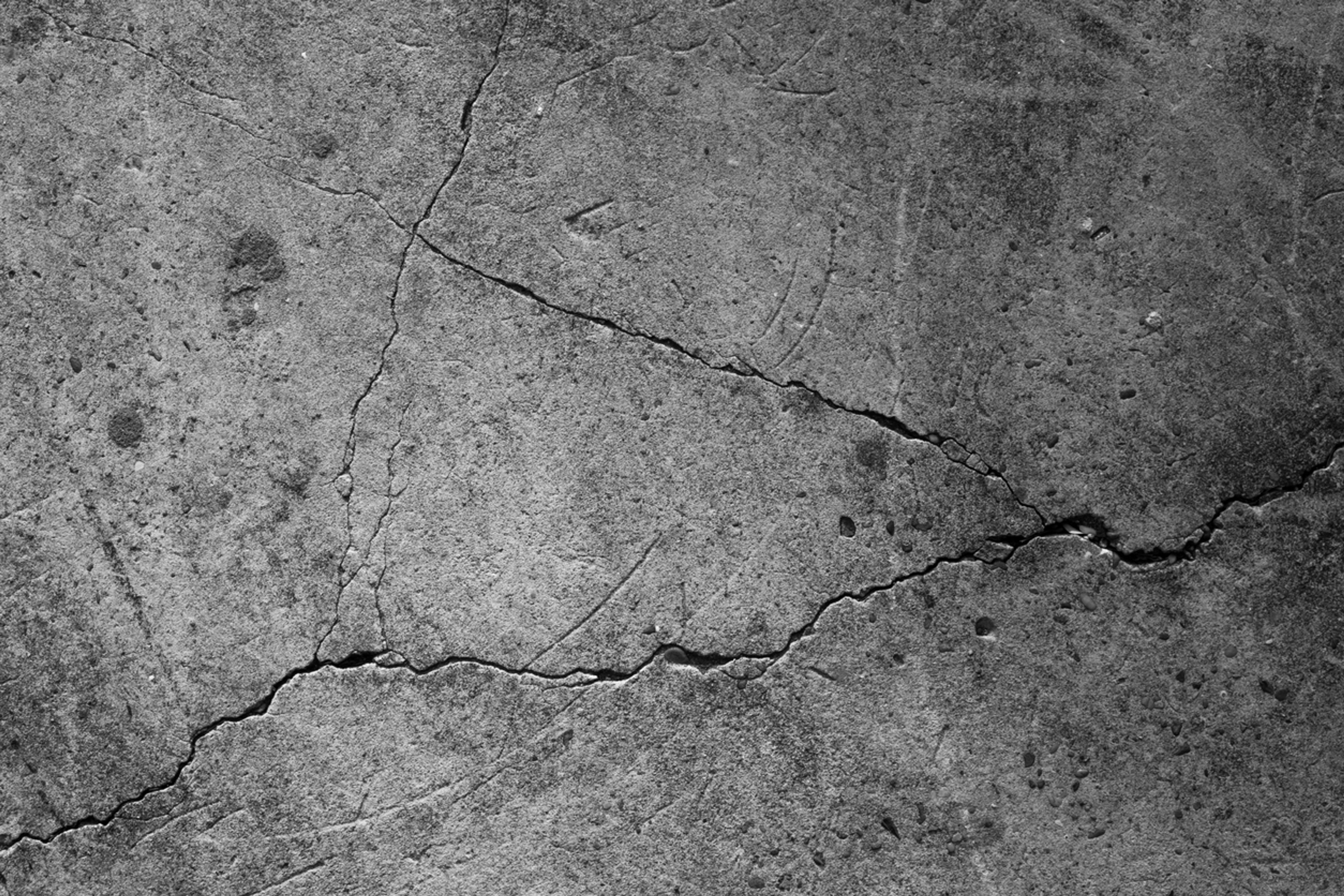New insights into corrosion and cement activity improve the safety and longevity of CCS infrastructure


Facts
Problem owner
INEOS Energy
Project period
Total budget
26,100,000 kr.Partners
Wintershall DEA
IKM Ocean Team AS
EMS
DTU
GEUS
Energy Cluster Denmark
About the project
Challenge
The development of cost-effective CO₂ storage is fundamental to achieving Denmark’s climate goals. Since storage in a depleted hydrocarbon field can offer a cost-effective solution, it is essential that existing wells can be qualified for CO₂ handling. This requires extensive CO₂ corrosion testing facilities.
Geological storage of CO₂ will result in the formation of corrosive subsurface conditions, where supercritical CO₂ and formation brine mix at up to 300 bar and 100°C. Under these conditions, severe corrosion may occur if the appropriate steel and cement are not used. To ensure the safe and long-term storage of CO₂, well materials must therefore be tested under subsurface conditions specific to the storage site.
Solution
The COLLATE project aimed to develop a test facility for corrosion testing of well materials, metals and cements under expected subsurface conditions at future CO₂ storage sites. In collaboration between GEUS, DTU, and IKM OT, the project optimized material selection for CO₂ storage, enhancing the volume and configuration of corrosion tests to support informed decision-making.
The project was innovative in developing physical test equipment and conducting experiments to evaluate testing procedures, benchmark the performance of IKM OT’s reactors, and validate the results. This included establishing test protocols and gaining new insights into cement reactivity and corrosion of various materials.
Result
The project partners conducted around 100 experiments using eight cement types, both historical and modern, and developed a reactive transport model to describe the degradation of Portland cement over time. They found that most cement types exhibited slow degradation, with one type developing cracks. Long-term simulations indicated that the cements are highly durable, with predicted lifetimes in wells exceeding 100 years.
The partners also investigated the corrosion behavior of different steel grades used in CCS infrastructure. They found that low-alloy steels (L80-1Cr) experienced severe corrosion under all test conditions, whereas high-alloy steels were largely immune.
The results will guide material selection and test protocols for future CO₂ storage sites. An improved understanding of corrosion and cement reactivity will enhance the safety and longevity of CCS infrastructure.
Project in the media
Videos
Articles
Want to learn more?

Skibsbyggerivej 5, 3. sal.
9000 Aalborg
Navitas
Inge Lehmanns Gade 10
8000 Aarhus C
House of Offshore Innovation
Kanalen 1
6700 Esbjerg
Port House
Vendersgade 74
7000 Fredericia
BLOXHub
Bloxhub, Bryghusgade 8, 3. sal,
1474 København K
Energy Cluster Denmark
Nørre Havnegade 43
6400 Sønderborg
©Energy Cluster Denmark 2025